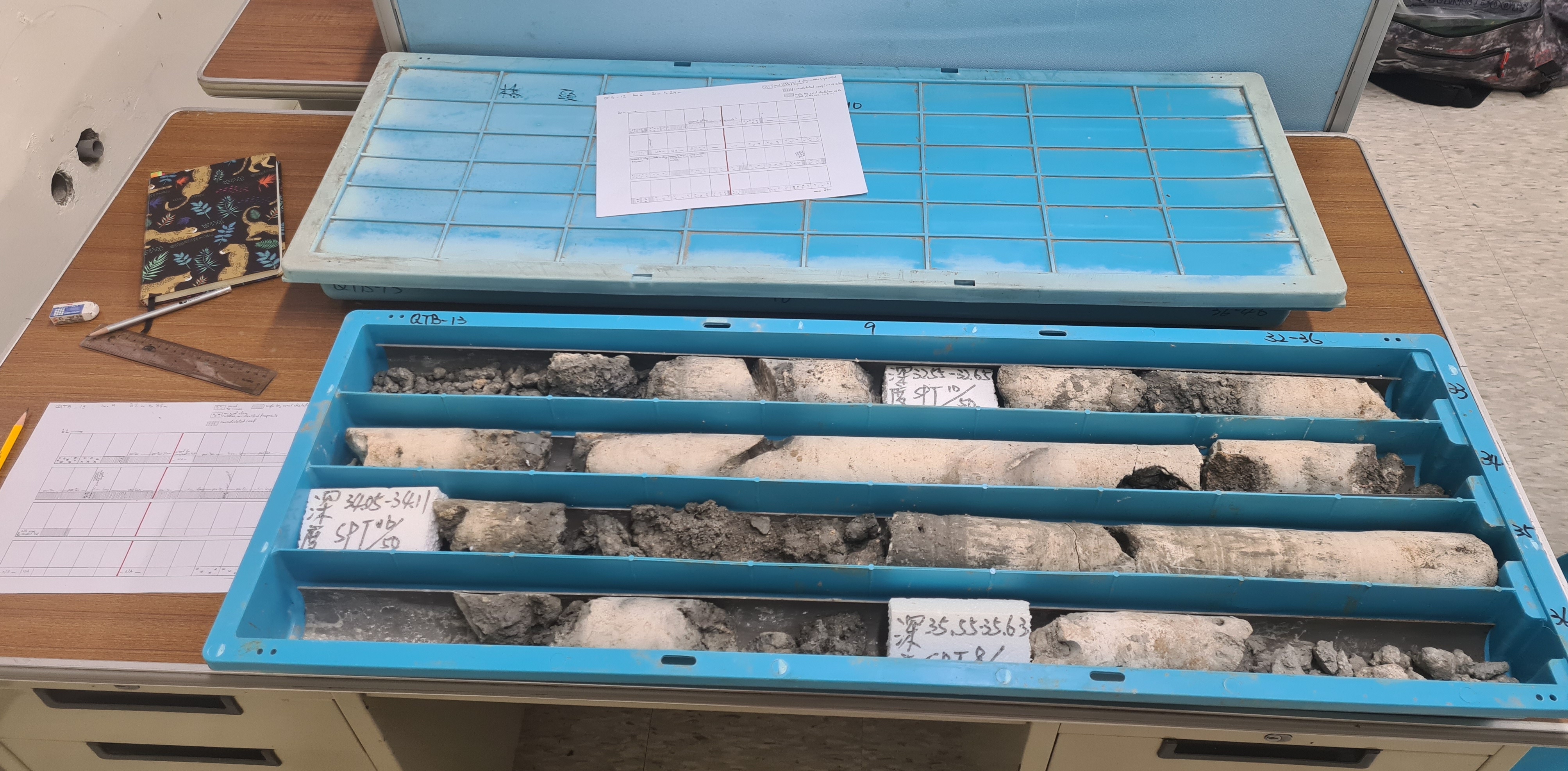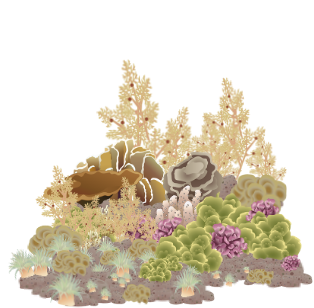The need for paleo-ecological studies
Reefs are increasingly impacted by ongoing anthropogenically-caused climate change & the intensifying local human pressures that jeopardize
the ability of coral reefs to persist in the near future. However, changes in coral ecosystems have predated human underwater investigations.
Fortunately, fossil reefs & the calcified remains within, are unique witnesses of the past, holding important physical, biological & chemical
information. Studying these remains, in particular fossilized corals, allows scientists to reconstruct the functioning of the coral ecosystems
prior to any anthropogenic exploitation. The scientific community critically needs these pieces of past knowledge to adequately preserve reef
functioning & ultimately ensure the survival of this crucial ecosystem.
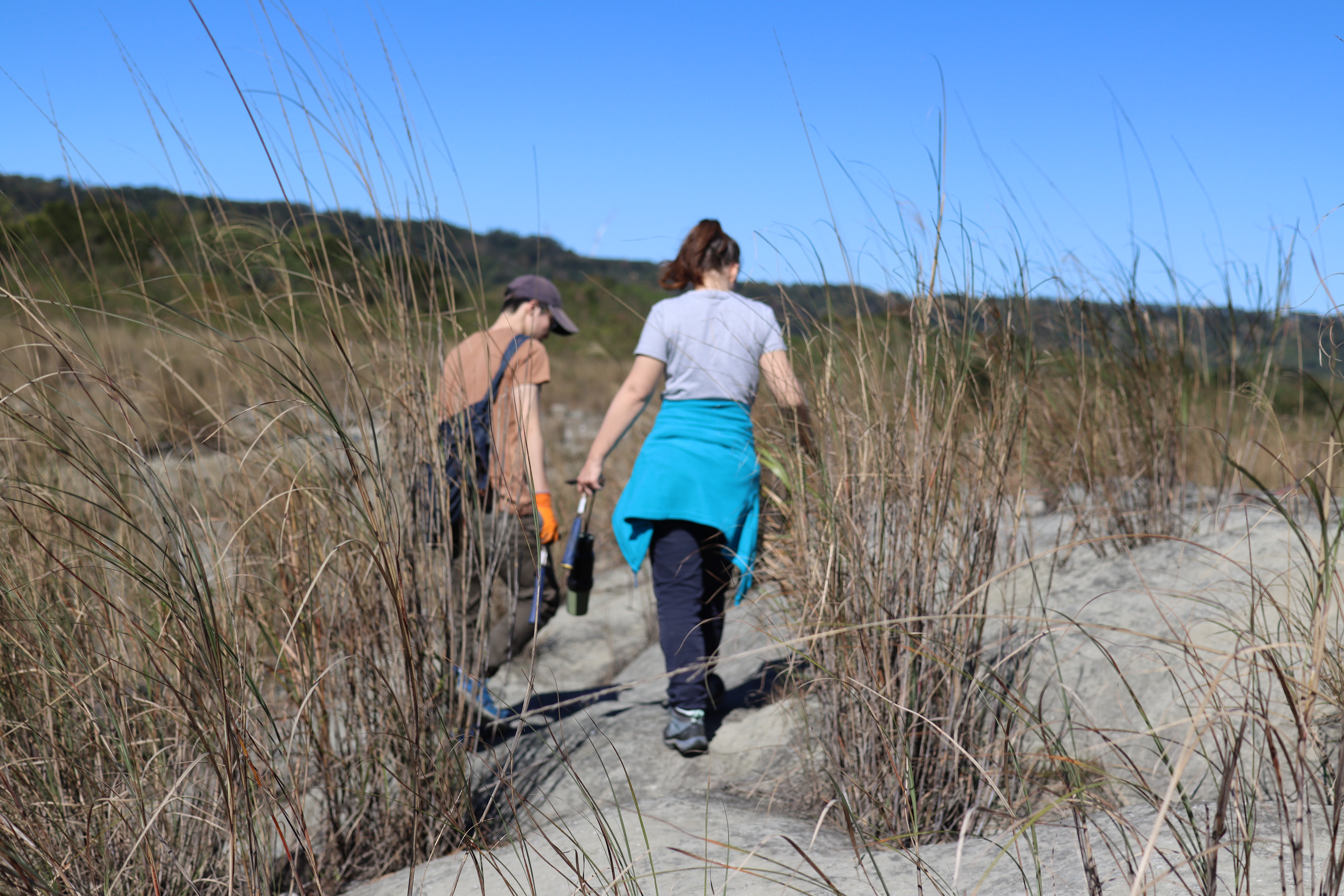
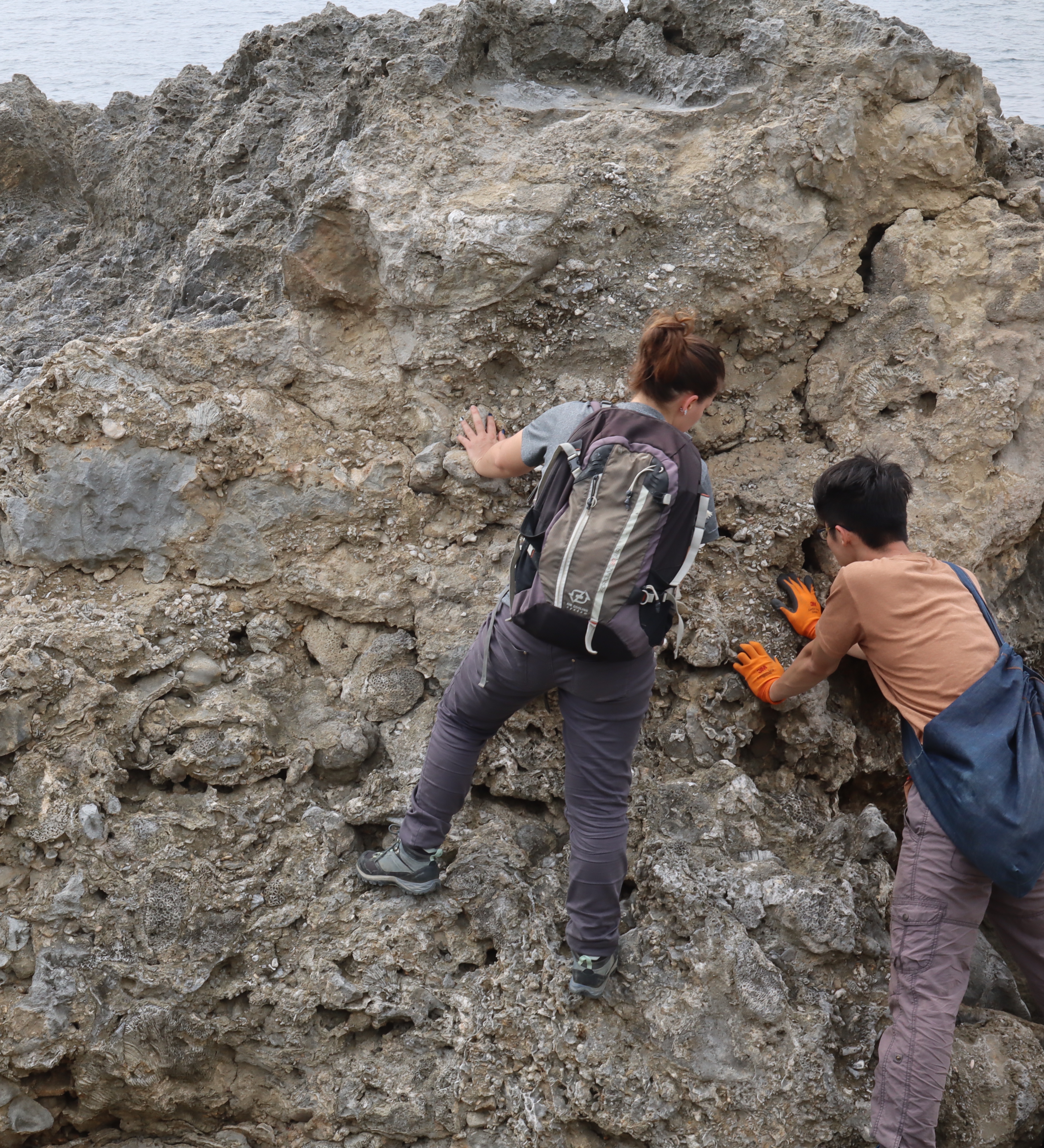
Kenting National Park (KNP) paleo-reef descriptions
Numerous outcrops of well-preserved Holocene reefs can be observed along the coastlines of KNP. These outcrops provide perfect survey sites for us to reconstruct
the past diversity & global structure of Taiwanese reefs thousands of years before the Anthropocene era. At certain locations, these outcrops can be over 3 m tall
& more than 5 m wide without discontinuity or obstruction, where past reef materials can be accessed with minimal cost. On the other hand, fossilized materials from
these outcrops are exposed to weathering, making them unlikely to be ideal candidates for isotopic measurements & subsequent paleo-climate reconstructions. Such
studies will most likely require drillings of less exposed sections of the paleo-reefs, which could be found a few meters inland from these exposed outcrops.
Four outcrops in two locations on the western side of KNP have already been selected as targeted study sites for this project.
A Structure from Motion (SfM) model for one of the selected outcrops has already been built (a preview video of this model is available on the right).
Late Miocene Dendrophyllia fossils in North Taiwan
During field investigations along the Dahan river bed in Shulin district (樹林), numerous small & fragile scleractinian fossils were found & identified as Dendrophyllia sp. (Ribas-Deulofeu et al. 2021). The fossils were collected from the lowest part of the Late Miocene Tapu Formation. The absolute age of the boundary between the Tapu Formation and the underlying Nanchuang Formation is 8 Ma, providing indications of the maximum age possible for the found Dendrophyllia fossils. The marine ecosystem in which the sampled specimens grew was probably a turbid shallow coastal environment with muddy to sandy bottom, likely at the vicinity of a river estuary, as suggested by the combined presence of numerous Ariidae and Sciaenidae otoliths. To our knowledge, these are the first record of Dendrophyllia fossils from Taiwan.
Fossil description from boreholes: Consulting for Pr. Le Béon (National Central University, Taiwan)
Recently, Pr. Le Béon from the National Central University (Taiwan) contacted me to consult on some boreholes
from Southern Taiwan.
Pr. Le Béon's team works on active tectonics with a particular focus on seismic hazard &
fault displacement assessment.
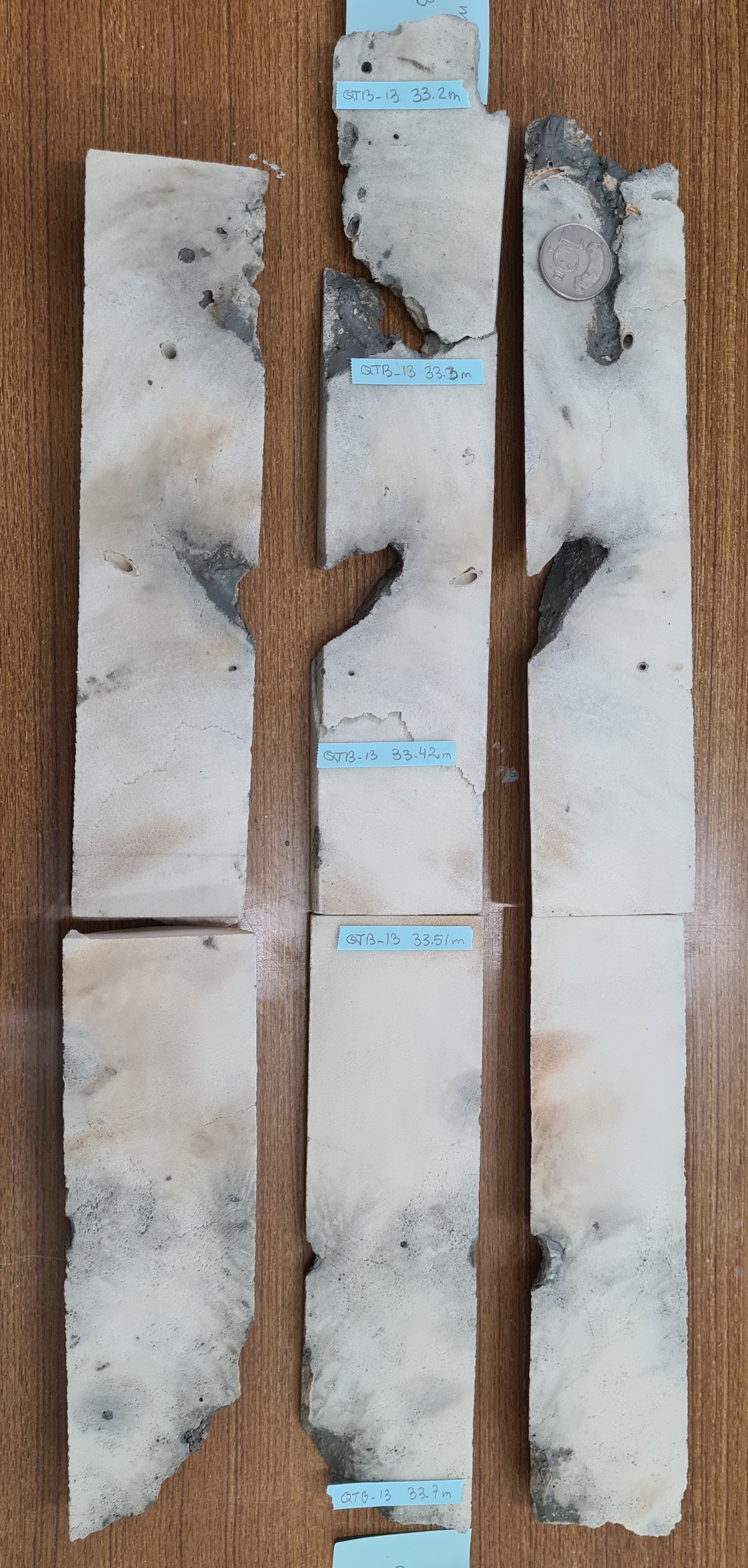 In the boreholes obtained near a mud volcano in Gunshuiping (滾水坪, Qiaotou district),
Pr. Le Béon's team found fossil reef sequences from 16 m to 44 m deep. These layers contain numerous fragments of corals,
including Acroporidae, Fungiidae & Merulinidae. The sequences also include large Porites & a
few other coral pieces exceeding 30 cm in length (up to > 1 m).
A dozen of coral fragments have already been selected along the core sequences for U/Th dating. In addition, two
Porites (50 cm & 30 cm long) were sliced to test their suitability for isotopic studies (collaboration with
Pr. Huang & Pr. Liu, Academia Sinica).
In the boreholes obtained near a mud volcano in Gunshuiping (滾水坪, Qiaotou district),
Pr. Le Béon's team found fossil reef sequences from 16 m to 44 m deep. These layers contain numerous fragments of corals,
including Acroporidae, Fungiidae & Merulinidae. The sequences also include large Porites & a
few other coral pieces exceeding 30 cm in length (up to > 1 m).
A dozen of coral fragments have already been selected along the core sequences for U/Th dating. In addition, two
Porites (50 cm & 30 cm long) were sliced to test their suitability for isotopic studies (collaboration with
Pr. Huang & Pr. Liu, Academia Sinica).
